Why It Is Important To Save Our Tropical Rainforests
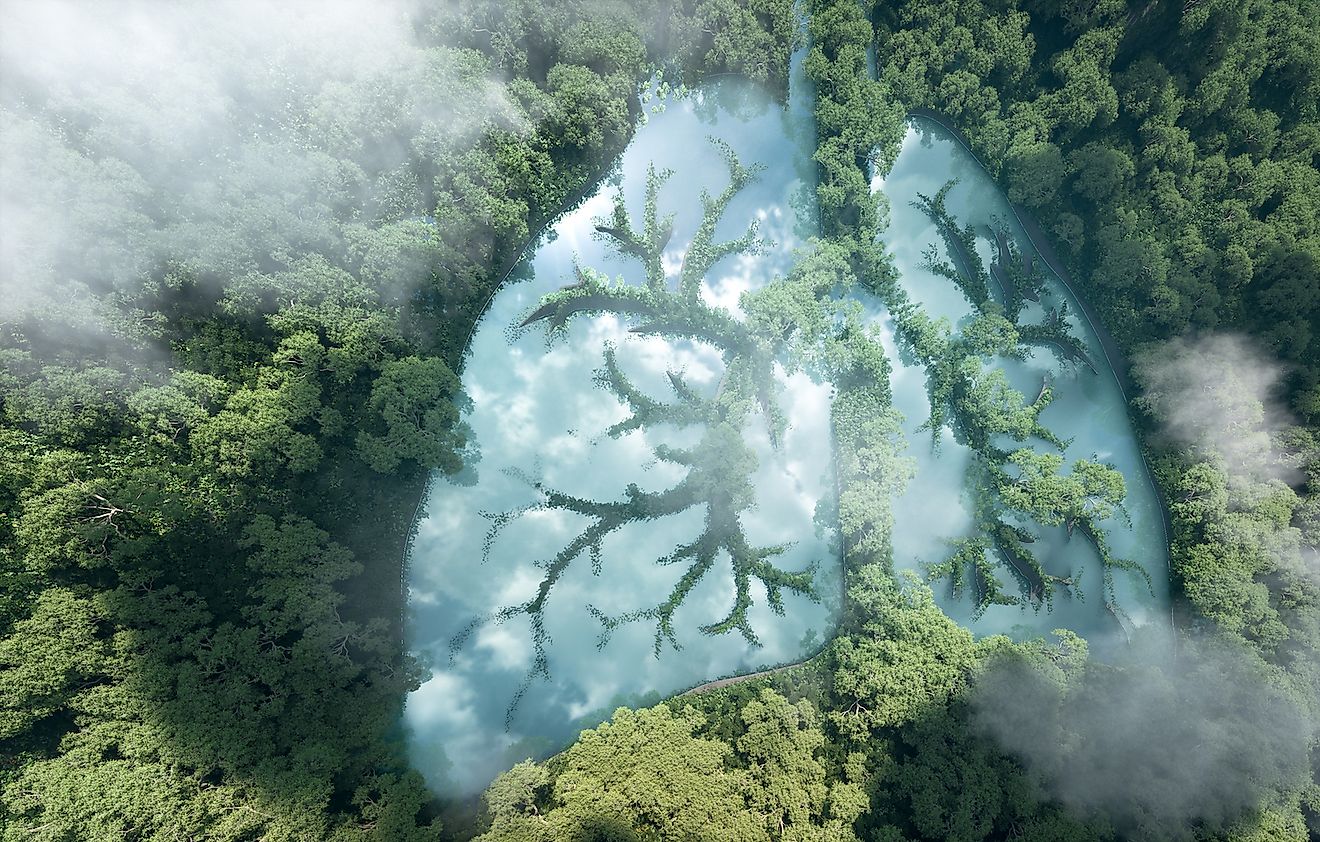
- Tropical rainforests cover just 2% of the Earth's surface but are said to be home to half of the world's species.
- Tropical rainforests house about 80,000 plant species in total, many of which have yet to be classified and analyzed.
- These forests are also home to the single largest depository of above-ground biomass carbon stores in the world, but are being cut down at an alarming rate.
Tropical rainforests form an important part of our planet. These forests are generally located near the equator where both temperatures and humidity are high. They are dominated by broad-leaved trees that create a dense canopy, rich in biodiversity. There are currently around 2.4 million square miles of tropical rainforest on Earth, but there was once as much as triple that amount.
Tropical rainforests have been in decline in recent years. Farmers often clear-cut their land in places like Brazil, in order to make way for crops. Cassava, a starchy root, is grown, as well as other plants, and space is made to graze cows. Unfortunately, the ground beneath a tropical rainforest is ill suited for farming. Sadly, the soil does not keep many nutrients. Because of this, farmers often stay in one place for just a couple of years, and then move onto clearing another parcel of land to suit their needs. This practice, coupled with vast forest fires that have scourged the rain forests in South America in recent years, are causing these valuable tropical forests to decline at an alarming rate.
Here are ten reasons why we need to continue working to protect the planet’s tropical rainforests, in order to enjoy them for years to come.
10. They Provide Us With Oxygen
It is a fact that Earth’s oceans are responsible for providing us with much of the oxygen we breathe. Scientists estimate that phytoplankton, marine plants in ocean waters, produce about 80% of the world’s oxygen. Some say the oceans produce only about 50% of our oxygen, but whatever the case may be, it is true that much of this needed gas comes from our planet’s salty waters. The rest comes from-you guessed it- the plants growing on land. Trees, grasses, shrubs, and other plants produce oxygen via photosynthesis. This process has plants breathe in carbon dioxide, and expel oxygen. Humans, in turn, breathe in this oxygen and expel carbon dioxide. We are two sides of a coin that must work together.
The Amazon rain forest, in particular, is so vast that it is said to produce 20% of all the Earth’s oxygen. As we cut it all down, we are drastically impacting the amount of oxygen available on our planet. Rain forests are not our only source of oxygen, but they produce enough of it to be a significant contributor in providing us with clean air we need. As such, it is important that we protect their presence.
9. They Are Home To Undiscovered Medicinal Treatments
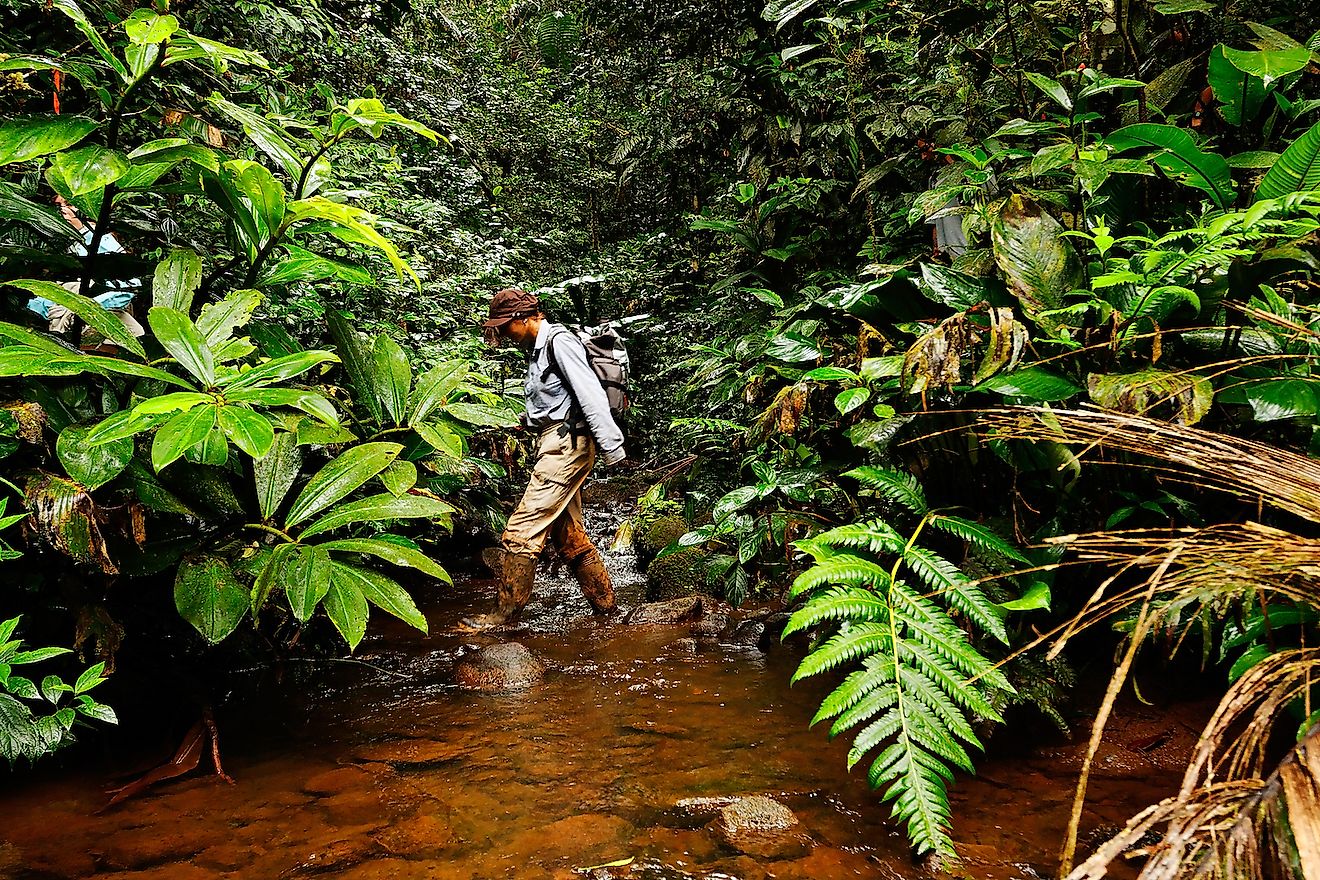
Tropical rainforests have been used throughout history as a source of medicine to treat traditional peoples. According to the World Wildlife Fund (WWF) indigenous people such as the Yanomamo have grown a large body of knowledge in reference to the chemical compounds found in plants and animals living in the tropical rainforest. This has been passed down from a medicine man or shaman, to an apprentice for thousands of years. Modern western medicine has yet to study all the medical applications available in these rainforests. Depleting the forests could erase knowledge and resources that could be key to providing medical treatments for many diseases we have yet to cure.
8. They Are Home To A Large Number Of Animals
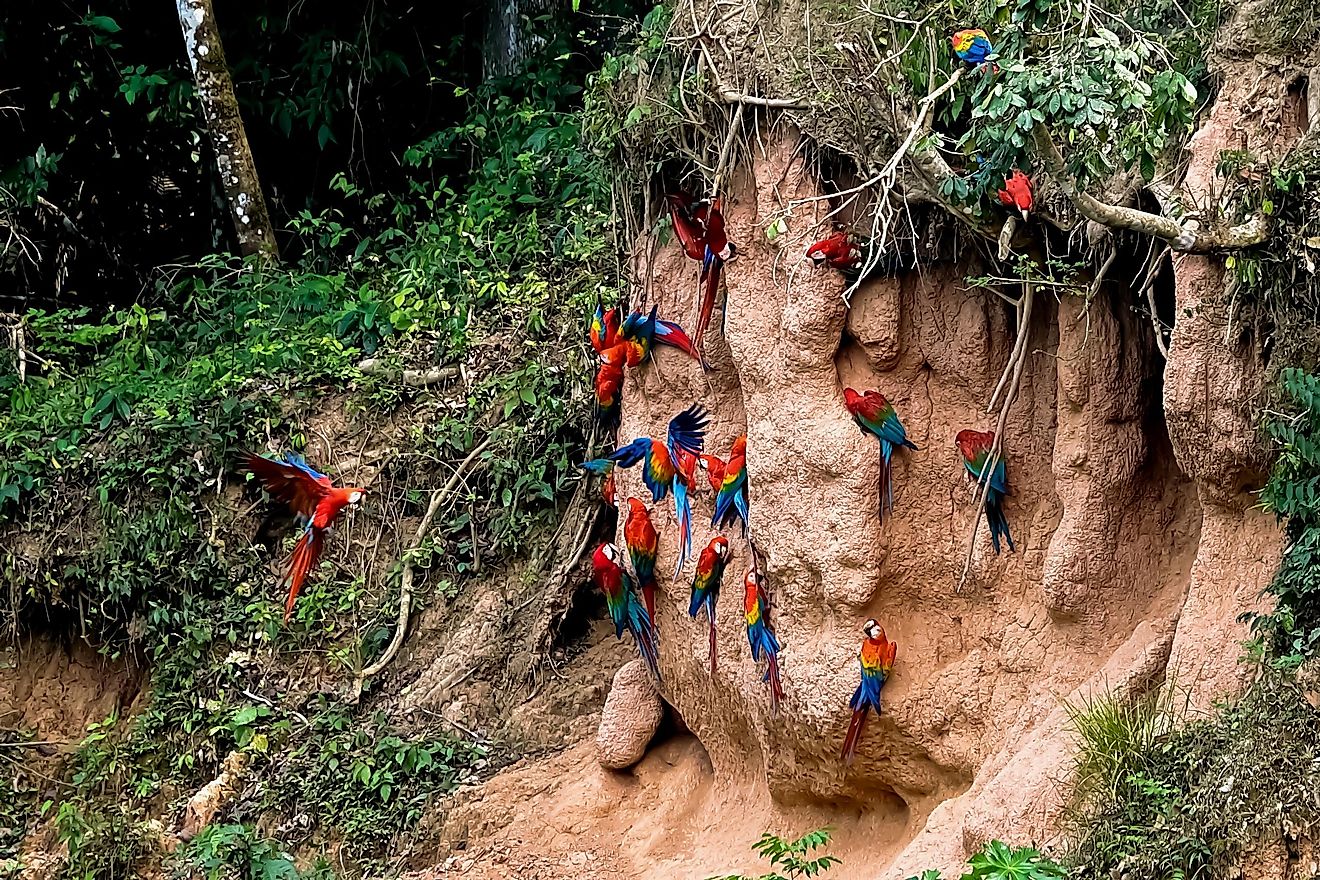
In addition to being a source of medicine, tropical rainforests are rich in biodiversity. The Amazon rainforest is home to 10% of the world’s known species, and according to the Nature Conservancy, 4-square-mile (2,560 acres) area of rainforest contains about 400 species of birds, and 150 different types of butterflies. Keeping this rich area safe for animals to live in is important for the balance of biodiversity on Earth.
7. They Have Many Undiscovered Animal Species
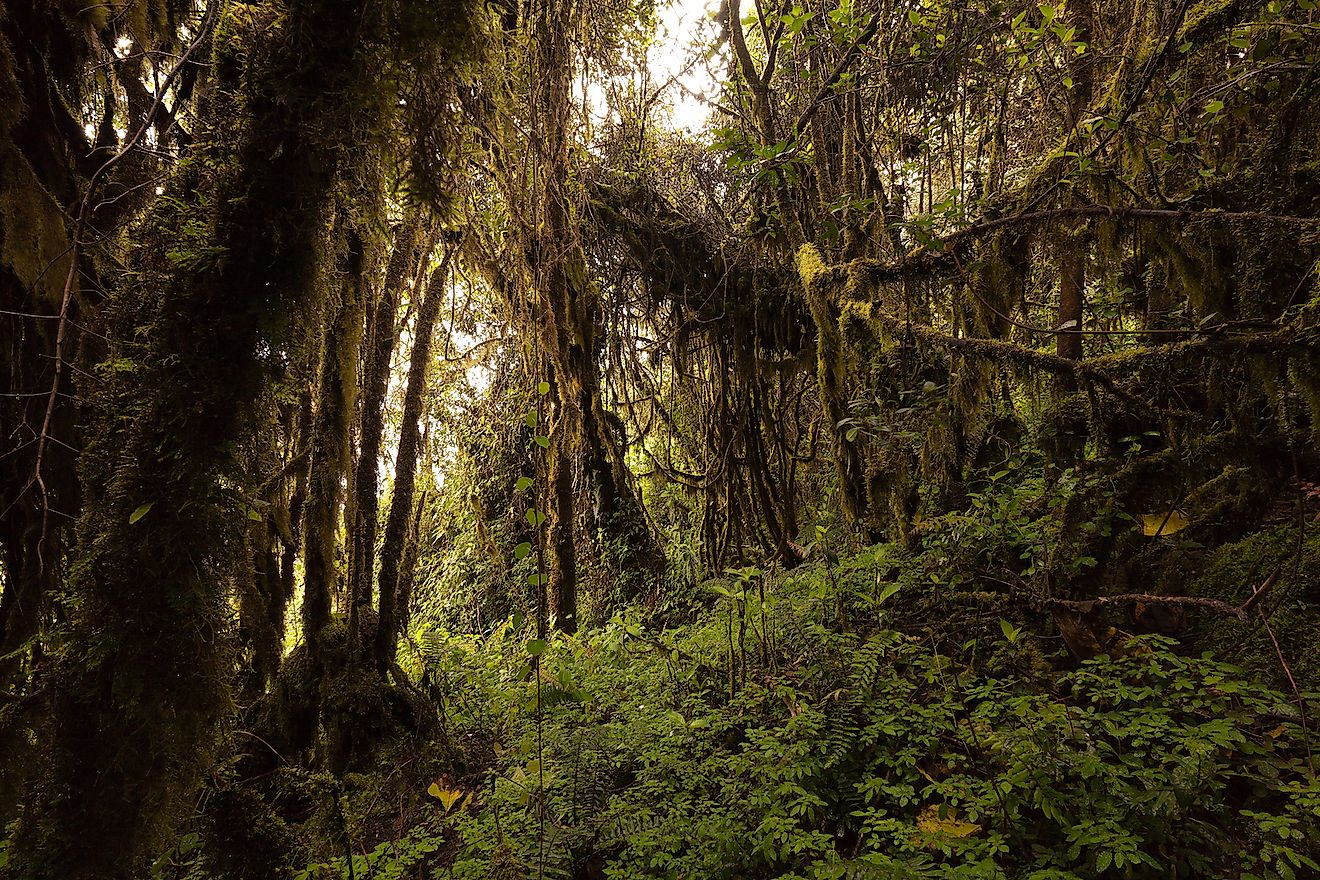
Scientists are just beginning to discover all that lives in tropical rainforests. Reports indicate that a two-year study done in the Amazon rainforest across nine South American countries between 2014 and 2015 discovered the existence of 381 new species including 93 new fish, 32 new amphibians, 20 new mammals, and 19 new reptiles. These forests are said contain almost half of all Earth’s plants and animals, and as such, should be protected.
6. They Are Home To A Large Number of Plants

Many types of plants also call tropical rainforests home. The Amazon rainforest in particular is unparalleled in terms of the botanical biodiversity. According to the WWF, it houses somewhere between 40 and 100 species of trees in just 1 hectare of land. This tropical forest houses 80,000 plant species in total, which are important to the survival of both the local animals and people.
5. They Are Home To Undiscovered Plants
As with the undiscovered animals, tropical rainforests are also home to many plants that have yet to be classified and analyzed. By cutting down the forests, we lose this rich pot of natural resources.
4. They Take Time To Replace
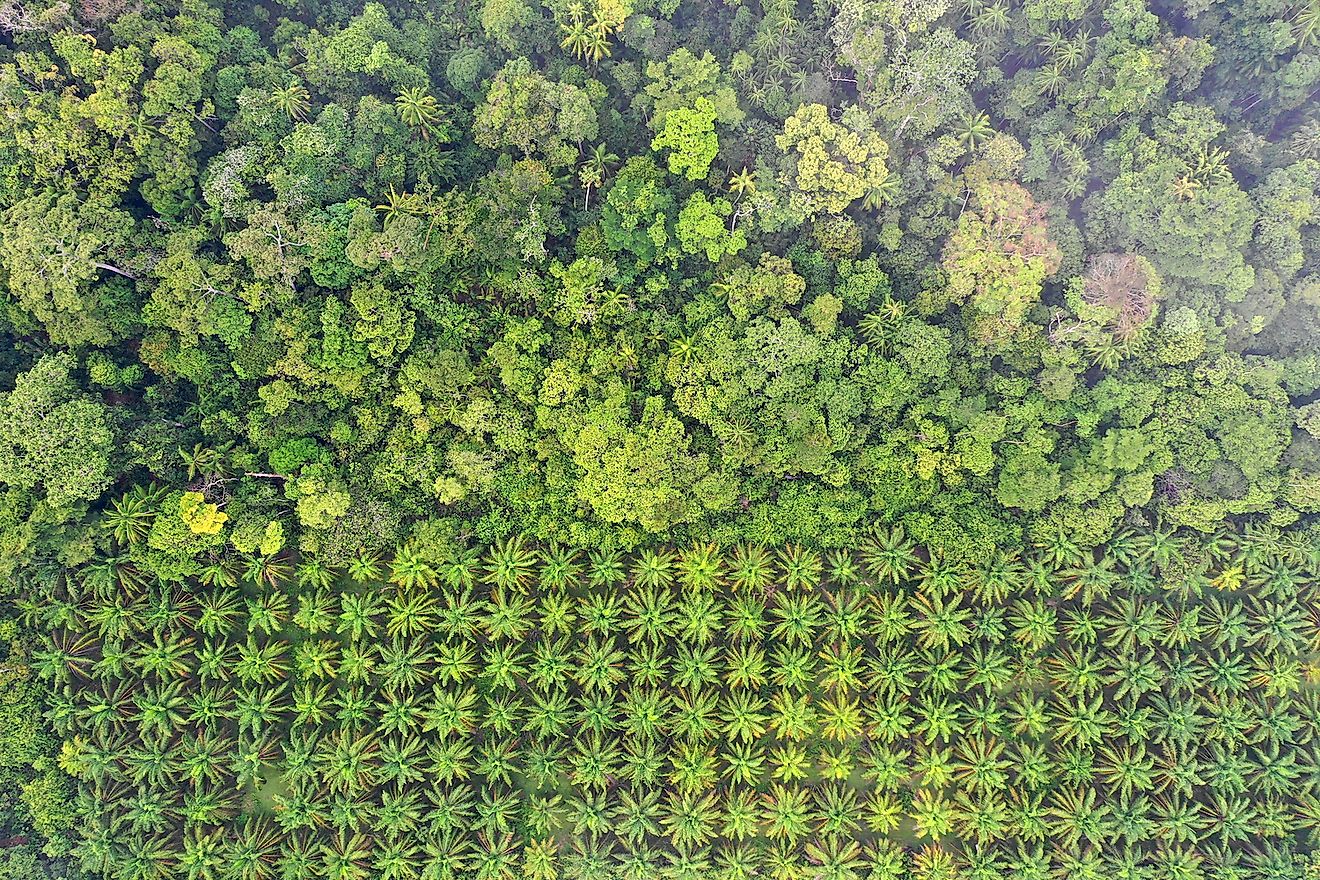
It is true that you can replant a tropical rainforest, and it can grow back. In fact, plants grow surprisingly quickly in warm climates. It does take years, however, and the secondary forest is sometimes not the same as the old growth one. A study conducted along the Panama canal by the Smithsonian Tropical Research Institute found that even after 32 years of re-growth, parts of a formerly disturbed tropical rainforest did not yet have the same levels of biodiversity as the original forest.
3. Old Growth Forests Are Vital For Their Seeds
For new rain forests to grow where they have been cut down, the seeds of an old growth forest are required. Sometimes these seeds are naturally left in the ground when the forest is first cut. If all old growth tropical rain forests are depleted however, researchers say they fear that secondary forests will not be able to regrow with the same biodiversity, which includes genetic diversity.
2. They Are Vital to Earth’s Water Cycle
According to scientists at Yale University, tropical rainforests play an important role in the movement of water in our atmosphere. If we cut them down in abundance, major shifts in the Earth’s water cycle could happen, resulting in drought in key agricultural areas in China, India, and the American Midwest.
1. They Are Home To Lots Of Carbon
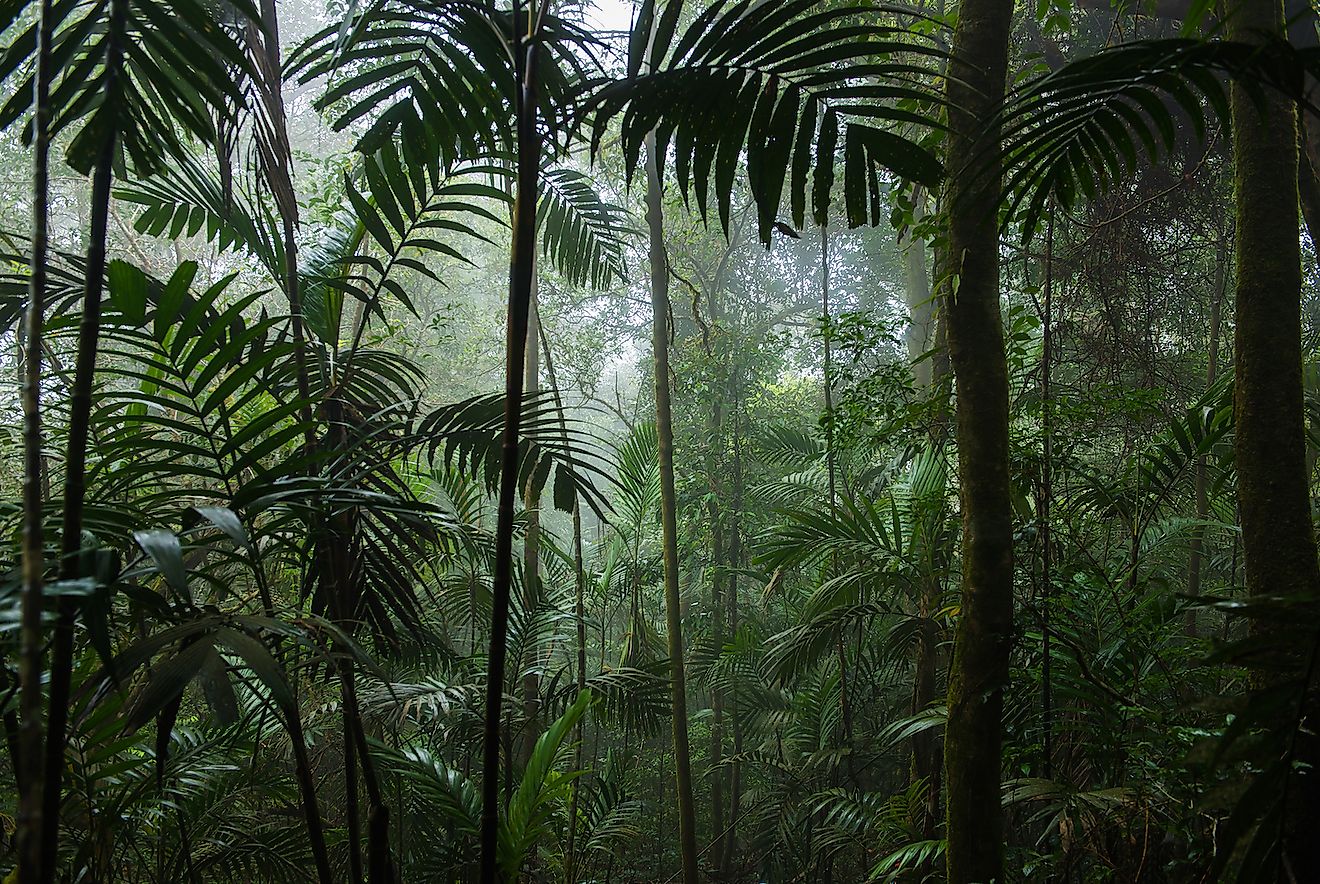
Finally, tropical rainforests are home to the single largest depository of above-ground biomass carbon stores in the world. According to Nature.com, they contain approximately 195 petagrams of carbon (PgC).
As such, these forests play a key role in preventing and controlling climate change, and should be protected.
The vast benefits presented by tropical rainforests on Earth from enormous biodiversity in animals and plants, to the presence of medicinal solutions, their role in the water cycle, and in providing us with clean air indicate just how important these forests are to the health of our people and home.











